What’s Up?
After a great Nickerson IPT I am back in Holbrook. It was very hot on Long Island on Saturday. On the IPT we were blessed not only with great birds and situations, but with lots of atypically cool July weather as well. I really enjoyed the small group size: 4 2/3 photographers. And so did the participants.
We had dinner on Friday night at the fantastic Tony Cuban in Freeport. The food was so good that we did not mind that it was the loudest restaurant that any of us had ever been in. I had the lobster/crab ravioli in seafood cream sauce topped with sautéed shrimp. It was so delicious that I was forced to use my left index finger to enjoy the left-over cream sauce.
As we did not get back from dinner until after 11pm I did not even think of going out on Saturday morning. And when I got to my Mom’s I took a 2 1/2 hour nap. I hurt my left shoulder on the IPT rolling around on the ground with the big lens. I see Dr. Dan Holland at True Sports Care in Nesconset for some active release therapy chiropractic on Tuesday. I am 100% sure that he will fix me right up.
The Streak
Today’s blog post marks a totally insane, absurd, completely ridiculous, unfathomable, silly, incomprehensible, what’s wrong with this guy?, makes-no-sense, 256 days in a row with a new educational blog post. And I still have dozens of new topics to cover; there should be no end in sight until my big South America trip next fall. As always-–and folks have been doing a really great job recently–-please remember to use our B&H links for your major gear purchases. For best results use one of our many product-specific links; after clicking on one of those you can continue shopping with all subsequent purchases invisibly tracked to BAA. Your doing so is always greatly appreciated. Please remember: web orders only. AND Please remember also that if you are shopping for items that we carry in the new BAA Online Store (as noted in red at the close of this post below) we would appreciate your business.
Selling Your Used Gear Through BIRDS AS ART
Selling your used (or like-new) photo gear through the BAA Blog or via a BAA Online Bulletin is a great idea. We charge only a 5% commission. One of the more popular used gear for sale sites charges a minimum of 20%. Plus assorted fees! Yikes. The minimum item price here is $500 (or less for a $25 fee). If you are interested please e-mail with the words Items for Sale Info Request cut and pasted into the Subject line :). Stuff that is priced fairly–I offer free pricing advice, usually sells in no time flat. In the past few months, we have sold just about everything in sight. Do know that prices on some items like the EOS-1D Mark IV, the old Canon 500mm, the EOS-7D, and the original 400mm IS DO lens have been dropping steadily. You can see all current listings by clicking here or by clicking on the Used Photo Gear tab on the yellow-orange tab on the right side of the menu bar above.
Used Gear Sales Testimonial
Unsolicited, via e-mail, from top BAA Used Gear seller Jim Keener
The BAA Used Gear Page is the best place I’ve found for selling my used cameras and lenses.
I used eBay and Craigslist until I began checking in at BIRDS AS ART. I saw the gear listed for sale at BAA and it struck me that the people who visit the site are like me in some important ways. We own high quality, often expensive gear. It’s important to us, and we likely take care of it. In other words, a good market exists. And I noticed how Artie marketed each item. Informative, without too big a push. That’s why I decided to try BAA.
The process was easy. I clearly accepted the terms of sale, fully and fairly described what I was selling and the good and bad. I listed he stuff to be included with in the sale. Then Artie came back with what he thought was a fair price, leaving it to me to determine the balance between urgency of the sale and receiving a high price. I’ve followed his lead.
The responses I’ve received from potential buyers have been reassuring. Each has been well informed and courteous. They have not expected perfection, but have fully expected fairness and clarity. I’ve found that providing many photographs of what I’m selling is very helpful in the completing the various transactions.
I’m writing this because of how glad I am to find a place where there is a good market for what I want to sell and what I want to buy — I just tried to buy a 300mm f/2.8 II, but it has sold. The buyers and sellers are informed and fair-minded. And artie offers friendly and experienced advice. I’ve enjoyed the process. The BAA Used Gear page is the best experience I’ve had buying and selling gear.
Used Gear Sales Continue to be More Than Brisk
- Tom Mast sold his Canon 300mm f/4L IS USM lens in excellent condition for $625 in late July.
- Henry Raymundo sold his Gitzo 1325 tripod and a Wimberley V-2 head both in very good plus condition for the very low price of $699 and two used Canon 100-400mm IS L Zoom lenses, one in excellent condition for $599, the other in very good plus condition for $549–all in late July.
- Jonathan Ward sold his Canon 70-200 f/2.8L IS II USM lens in excellent condition for $2,000 CAD in early July.
- Long ago multiple IPT veteran Charles McRae sold his Canon EF 600mm f/4L IS lens in good to very good condition in early July for a record low $4,199.
- Jeffrey Fredberg sold his EF 70-300mm f/4-5.6L IS USM L series lens in like-new condition for the record-low BAA price of $749 in late June.
- Jim Burns sold his Canon 200-400mm F/4L IS zoom lens with Internal 1.4X Extender in brand new condition for the insane BAA record-low price of $8499 in late June.
- Moody McCall sold his Canon 300mm F/2.8L IS II in excellent condition for $4199 in mid-June.
- Long-ago IPT veteran Charles Sleicher sold his Canon EF 500mm f/4L IS USM lens in very good plus condition for $3400 in mid-June.
- Top BAA Used Gear seller Jim Keener sold his Canon EOS 5D Mark III in absolute mint condition for $1599 in mid-June.
- KW McCulloch sold his Canon EOS-1D X in excellent condition for $2459 in mid-June.
- Top BAA Used Gear seller Jim Keener sold his Canon EF 500mm f/4L IS USM lens (the old five) in very good plus condition for a BAA record low price of $3699 in mid-June.
New Listing
AF-S Nikon 80-400 1:4.5-5.6G ED Lens
Sue Jarrett is offering a AF-S Nikon 80-400 1:4.5-5.6G ED lens (the newer version) in excellent condition for the record-low BAA price of $1649.95. The sale includes front and rear lens caps, the lens hood, a padded lens bag with strap, and insured ground shipping to US addresses only. Your item will not ship until your check clears unless other arrangements are made. Please contact Sue via e-mail or by phone at 1-843-252-2082 (afternoons Eastern time).
The newer version of the very versatile Nikon 80-400mm VR lens is supposed to be a lot sharper than the original model. artie
|
This image was created on DAY 5 of the 2016 UK Puffins and Gannets IPT with the Induro GIT 304L/Mongoose M3.6-mounted Canon EF 600mm f/4L IS II USM lens and the mega mega-pixel Canon EOS 5DS R.. ISO 400. Evaluative metering at about +1 stop: as originally framed: 1/400 sec. at f/8 in Manual mode. AWB. One AF point up and two rows to the left of the center AF point/AI Servo/Spot AF (don’t ask me why…)/Rear Focus AF as framed was active at the moment of exposure. Click here to see the latest version of the Rear Focus Tutorial. Click on the image to see a larger version. LensAlign/FocusTune micro-adjustment: -2 Image #1: Atlantic Puffin with fish/light BKGR |
The Dark Background
In the original Same Subject/Different Backgrounds; It’s All a Matter of Changing Your Perspective. And an Exposure Multiple Choice Quiz–How Easy Can It Get? blog post here, we let you know that we instructed the group on how to choose a perspective that would yield a dark background.
|
This image–of the same bird–was also created on DAY 5 of the 2016 UK Puffins and Gannets IPT with the Induro GIT 304L/Mongoose M3.6-mounted Canon EF 600mm f/4L IS II USM lens and the mega mega-pixel Canon EOS 5DS R.. ISO 400. Evaluative metering at about -2/3 stop: 1/400 sec. at f/8 in Manual mode. AWB. One AF point to the right and two rows up from the center AF point/AI Servo/Spot AF (don’t ask me why…)/Rear Focus AF as framed was active at the moment of exposure. Click here to see the latest version of the Rear Focus Tutorial. Click on the image to see a larger version. LensAlign/FocusTune micro-adjustment: -2 Image #2: Atlantic Puffin with fish/dark BKGR |
Different Backgrounds…
To achieve the water background I simply walked to my right about 10 meters and photographed the bird from a bit head on. As the subject was smaller in the frame, I placed the bird more in the lower left corner. The huge 5DS R image files permitted me to crop to taste without sacrificing image quality.
Next Came the Exposure Multiple Choice Quiz
The exposure for the two featured images was the same, 1/400 sec. at f/8 in Manual mode. Why?
A-the light was constant so the exposure on the bird was both correct and the same for each image.
B-when you are in Manual mode you do not have to worry about the effect of a light or dark background on the meter.
C-in heavy overcast conditions you do not have to worry about exposure changes due to working off angle to the light.
D-a, b, and c are all correct.
E-it was just a coincidence.
The Correct Answer
Only Warren and IPT veteran Wtlloyd (Bill Lloyd) came up with the right answer: D-a, b, and c are all correct.
Bill summed things up nicely when he commented, It was nothing less than an epiphany to me when I finally “got” cloudy-bright direction-less lighting.
More Important Learning…
Tony Zielinski left a comment that proved to be most valuable as many folks are as confused as he was.
Artie,
I’m a little confused about the exposure compensation here. If you’re shooting in manual mode and setting the ISO, F-stop and shutter speed manually (to 400, F/8, 1/400 sec.), then I don’t understand how adding an exposure compensation would affect the photo. I thought that the EC works when you are in Av or Tv mode but should not affect your exposure when you’re in full manual. In light of my lack of understanding, I’m not sure why you set EC differently for those two photos. I would assume that if your setting is correct for the bird in the first photo that you would leave the settings as-is when you reframed with a different background, since it’s correct for the bird in both photos.
Tony
I responded as follows:
Hi Tony,
You are missing a big point about working in Manual mode as I was in both situations. There is no EC that can be dialed in when working in Manual. But, and this is a huge but, you note the exposure that you have set relative to the exposure suggested by the camera by looking at the analog scale on the side or the bottom of the viewfinder of the camera body depending on which body you are using.
The camera does not record this info (though it could and should with a firmware update); that is why it says in each of the captions: “at about this or that EC.” 95% of the time I note and remember these values; the other 5% of the time I guess-timate them quite accurately.
As I recall, you asked about the Galapagos IPT; you should join me on that or another–you would be amazed by how much you could learn.
artie
Related Exposure Questions
1- Why did the first image need about +1 stop Exposure Compensation (EC)?
2-Why did the second image require about -2/3 stop of EC?
As for the related Exposure Questions, Bill Lloyd first noted that I had mixed up the two situations, and then nailed the answers when he wrote:
The 1st photo needs +1 because of the bright background that would influence the meter and leave the subject underexposed.
The 2nd photo needs -2/3 because the camera’s meter would want to compensate by opening up for the dark background thus blowing out the whites on the puffin.
|
Images and card design copyright: Arthur Morris/BIRDS AS ART. Click on the card to enjoy a spectacular larger version. |
2017 UK Puffins and Gannets IPT
Monday July 3 through Monday July 10, 2017: $5999: Limit 10 photographers — Openings: 6). Two great leaders: Arthur Morris and BPN co-owner, BPN Photography Gear Forum Moderator, and long-time BAA Webmaster Peter Kes.
Here are the plans: take a red eye from the east coast of the US on July 2 and arrive in Edinburgh, Scotland on the morning of Monday July 3 no later than 10am (or simply meet us then at the Edinburgh Airport–EDI, or later in the day at our cottages if you are driving your own vehicle either from the UK or from somewhere in Europe). Stay 7 nights in one of three gorgeous modern country cottages.
There are five days of planned puffin/seabird trips and one morning of gannet photography, all weather permitting of course. In three years we have yet to miss an entire day because of weather… In addition, we will enjoy several sessions of photographing nesting Black-legged Kittiwakes at eye level.
|
Images and card design copyright: Arthur Morris/BIRDS AS ART. Click on the card to enjoy a spectacular larger version. |
The Details
We will get to photograph Atlantic Puffin, Common Murre, Razorbill, Shag, and Northern Gannet; Arctic, Sandwich, and Common Terns, the former with chicks of all sizes; Black-headed, Lesser-Black-backed, and Herring Gulls, many chasing puffins with fish; Black-legged Kittiwake with chicks. We will be staying in upscale country-side lodging that are beyond lovely with large living areas and lots of open space for the informal image sharing and Photoshop sessions. The shared rooms are decent-sized, each with a private bathroom. See the limited single supplement info below.
All breakfasts, lunches and dinners are included. All 5 puffins boat lunches will need to be prepared by you in advance, taken with, and consumed at your leisure. I usually eat mine on the short boat trip from one island to the other. Also included is a restaurant lunch on the gannet boat day.
If you wish to fly home on the morning of Monday July 10 we will get you to the airport. Please, however, consider the following tentative plans: enjoy a second Gannet boat trip on the afternoon of Monday July 10 and book your hotel room in Dunbar. If all goes as planned, those who stay on for the two extra days will make a morning landing at Bass Rock, one of the world’s largest gannetries. We will get everyone to the airport on the morning of Wednesday July 12. (We may opt to stay in Edinburgh on the night of July 11.) Price and details should be finalized at least six months before the trip but you will need to be a bit patient. It would be ideal if I can get all the work done by the end of September so that folks can arrange their flights then.
|
Images and card design copyright: Arthur Morris/BIRDS AS ART. Click on the card to enjoy a spectacular larger version. Scroll down to join us in the UK in 2016. |
Deposit Info
If you are good to go sharing a room–couples of course are more than welcome–please send your non-refundable $2,000/person deposit check now to save a spot. Please be sure to check your schedule carefully before committing to the trip and see the travel insurance info below. Your balance will be due on March 29, 2017. Please make your check out to “Arthur Morris” and send it to Arthur Morris/BIRDS AS ART, PO Box 7245, Indian Lake Estates, FL, 33855. If we do not receive your check for the balance on or before the due date we will try to fill your spot from the waiting list. If your spot is filled, you will lose your deposit. If not, you can secure your spot by paying your balance.
Please shoot me an e-mail if you are good to go or if you have any questions.
Single Supplement Deposit Info
Single supplement rooms are available on a limited basis. To ensure yours, please register early. The single supplement fee is $1575. If you would like your own room, please request it when making your deposit and include payment in full for the single supplement; your single supplement deposit check should be for $3,575. As we will need to commit to renting the extra space, single supplement deposits are non-refundable so please be sure that check your schedule carefully before committing to the trip and see the travel insurance info below.
Travel Insurance
Travel insurance for big international trips is highly recommended as we never know what life has in store for us. I strongly recommend that you purchase quality insurance. Travel Insurance Services offers a variety of plans and options. Included with the Elite Option or available as an upgrade to the Basic & Plus Options you can also purchase Cancel for Any Reason Coverage that expands the list of reasons for your canceling to include things such as sudden work or family obligation and even a simple change of mind. My family and I use and depend on the great policies offered by TIS whenever we travel. You can learn more here: Travel Insurance Services. Do note that many plans require that you purchase your travel insurance within 14 days of our cashing your deposit check of running your credit card. Whenever purchasing travel insurance be sure to read the fine print careful even when dealing with reputable firms like TSI.
This trip has sold out far in advance every year so do not tarry. I hope that you can join me.
Please Remember to use our Affiliate Links and to Visit the New BAA Online Store 🙂
To show your appreciation for my continuing efforts here, we ask, as always, that you get in the habit of using my B&H affiliate links on the right side of the blog for all of your photo and electronics purchases. Please check the availability of all photographic accessories in the New BIRDS AS ART Online Store, especially the Mongoose M3.6 tripod head, Wimberley lens plates, Delkin flash cards and accessories, and LensCoat stuff.
As always, we sell only what I have used, have tested, and can depend on. We will not sell you junk. We know what you need to make creating great images easy and fun. And we are always glad to answer your gear questions via e-mail.
I would of course appreciate your using our B&H affiliate links for all of your major gear, video, and electronic purchases. For the photographic stuff mentioned in the paragraph above we, and for everything else in the new store, we, meaning BAA, would of course greatly appreciate your business. Here is a huge thank you to the many who have been using our links on a regular basis and those who will be visiting the New BIRDS AS ART Online Store as well.
Be sure to like and follow BAA on Facebook by clicking on the logo link upper right. Tanks a stack!
Typos
In all blog posts and Bulletins, feel free to e-mail or to leave a comment regarding any typos or errors. Just be right 🙂

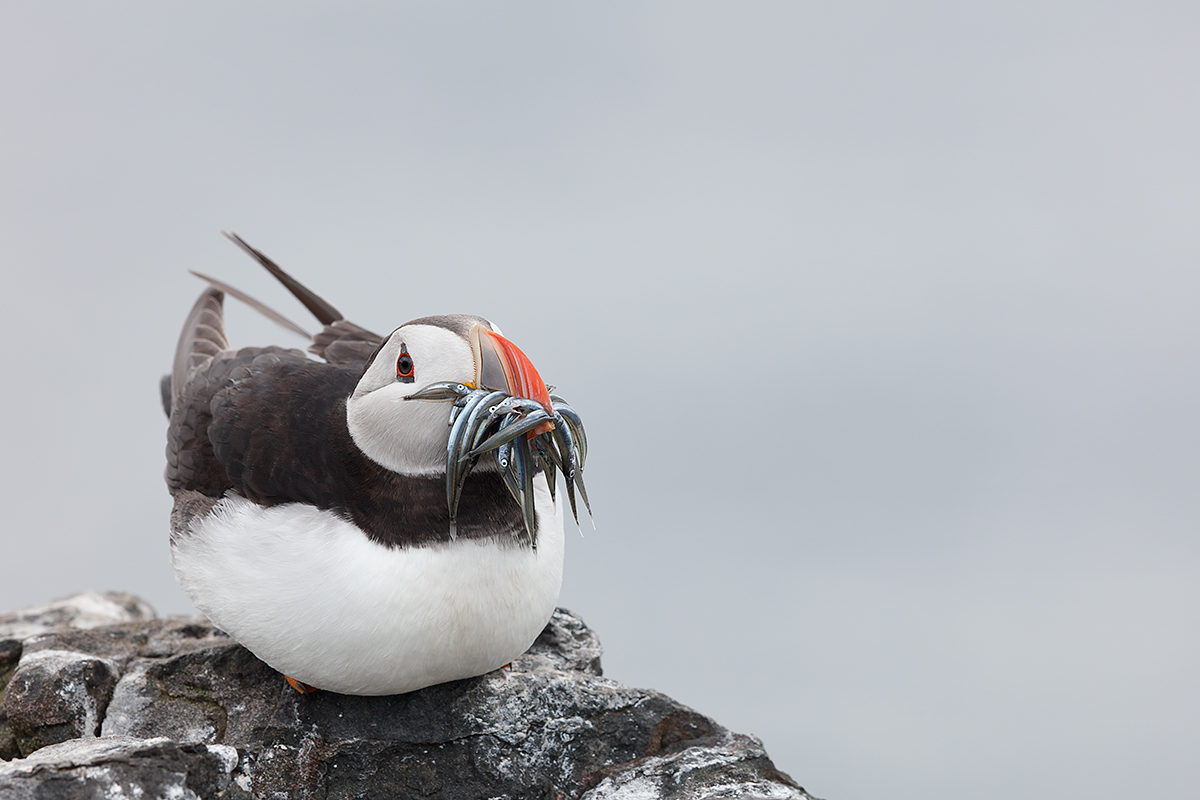
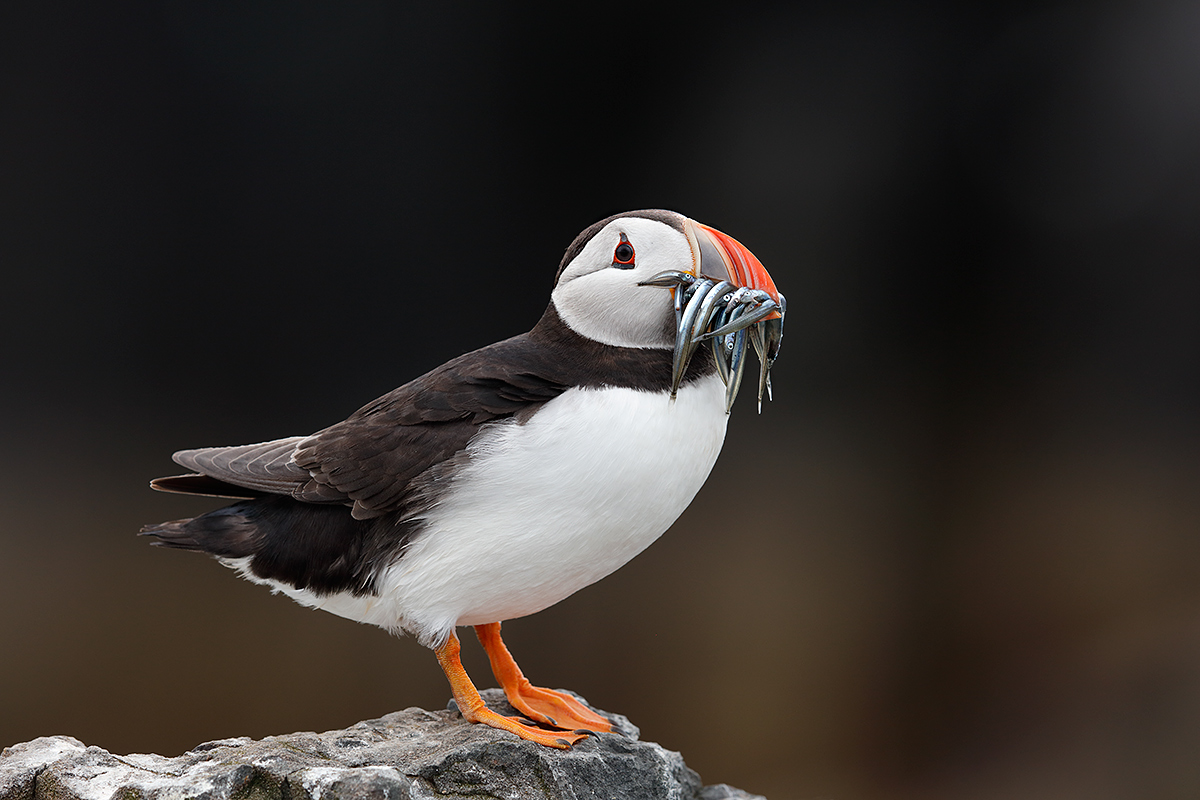
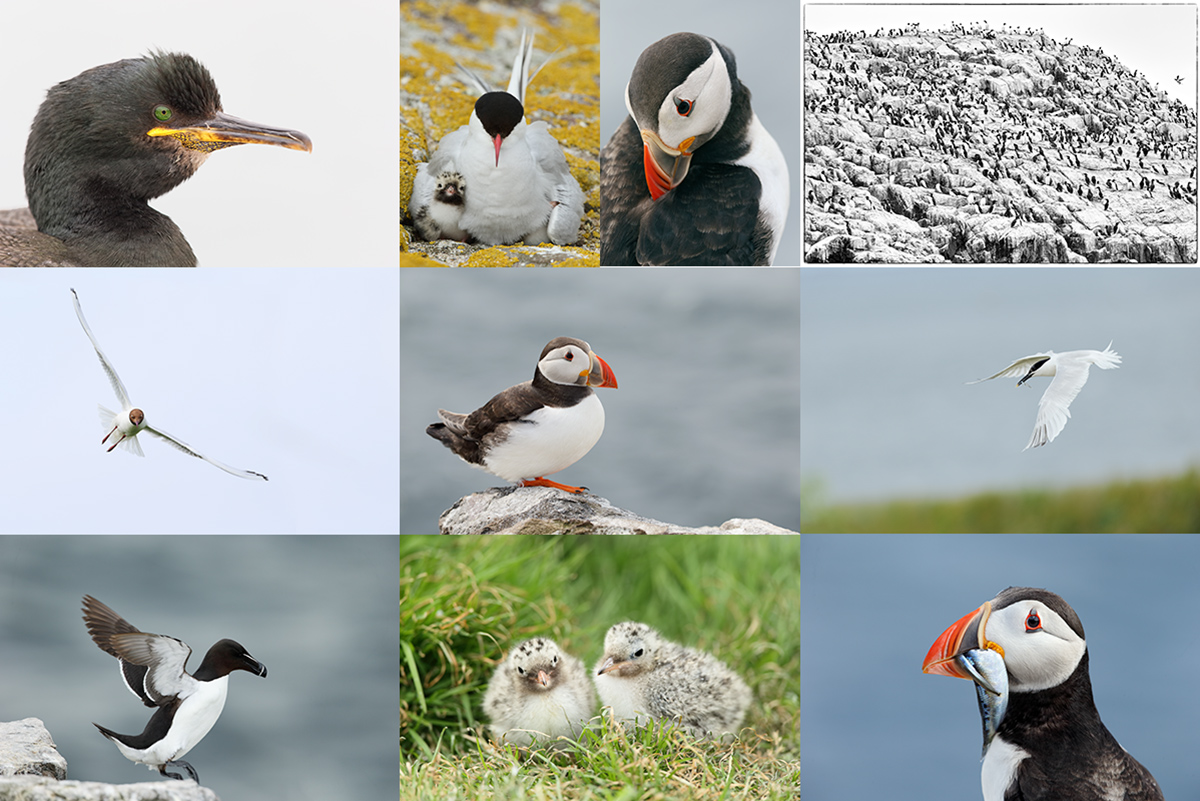
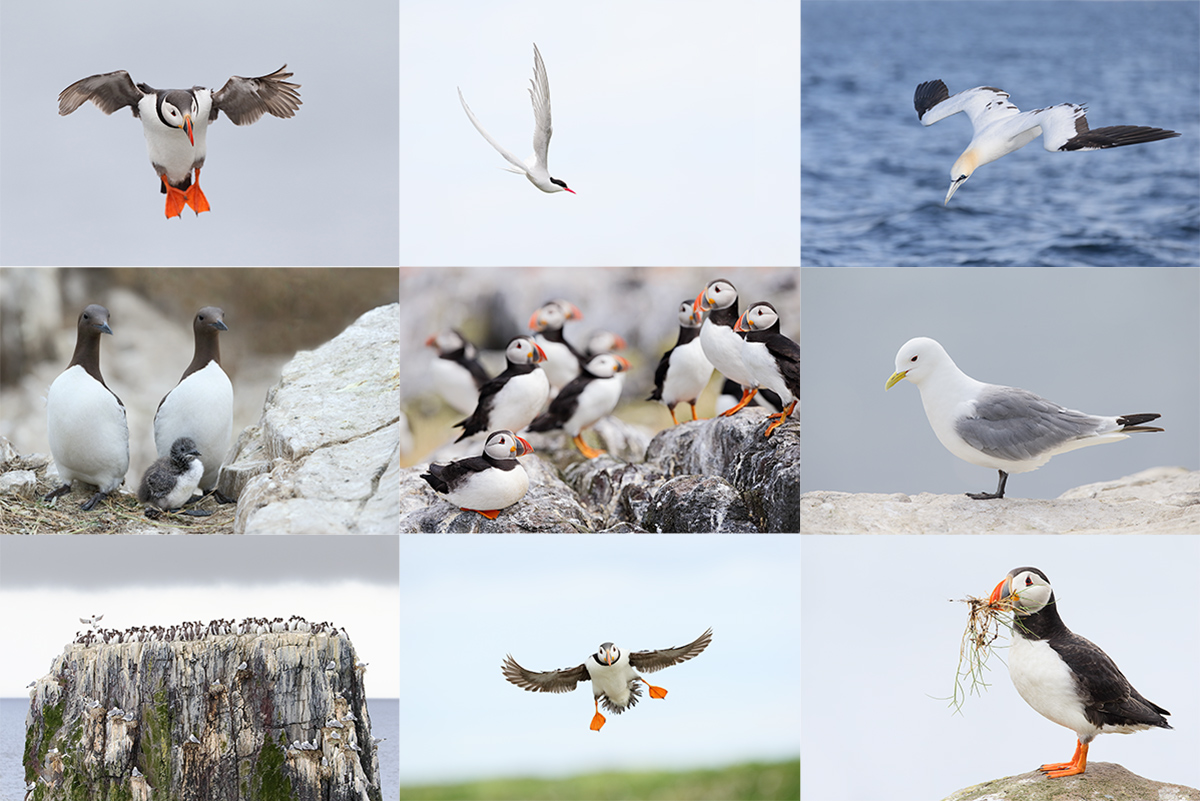
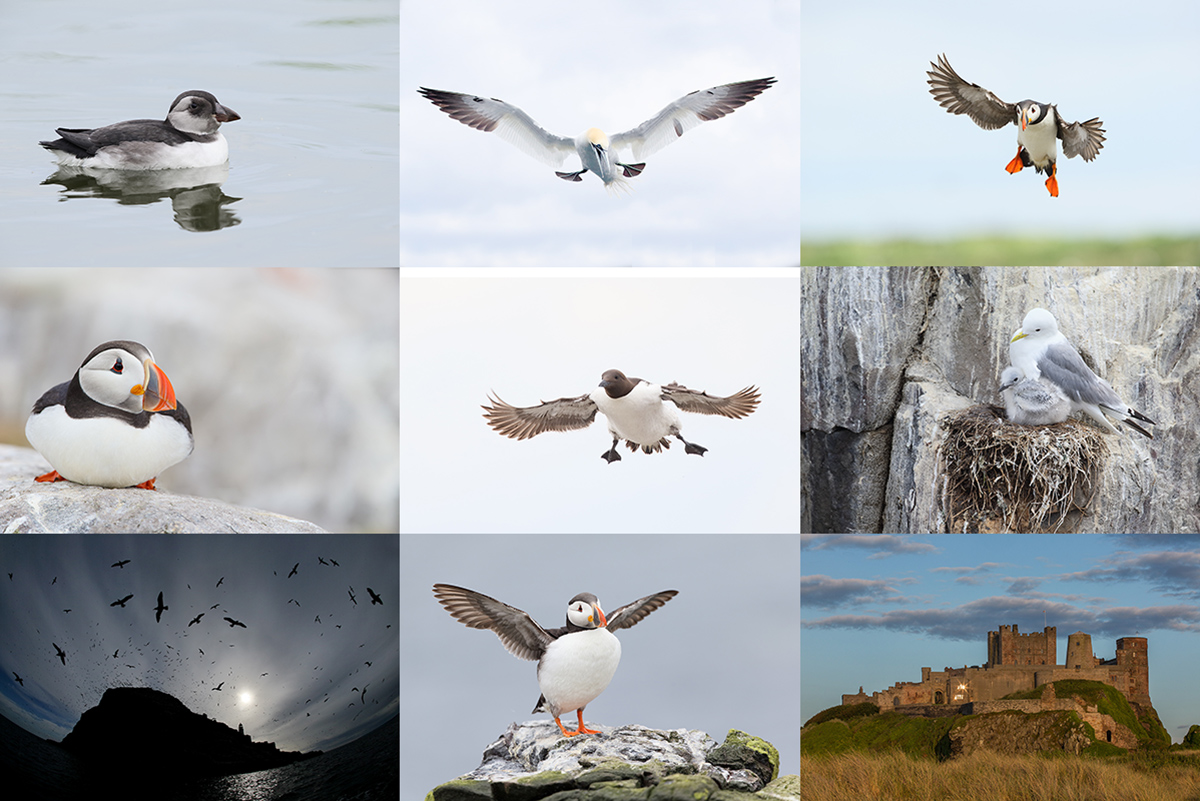













Hi Artie,
This was extremely helpful! Thank you for the explanation.
You are most welcome.
Long overdue vacation starts Wednesday, and I’m going to practice manual-mode photography for much of my trip.
Enjoy and practice!
The trick, as i see it, was knowing your optimal exposure in the first place.
That is true whether you are in Av or Tv or Manual mode… And that is why God invented histograms…
Using the meter at the side of the viewfinder in manual mode (I never paid attention to that before) will get me most of the way there, and then use the histogram to get whites just below the right edge.
Be sure not to get the WHITEs right to the edge; that will give you WHITEs with RGB values in the high 240s or even the dreaded 250s.
Taking ISO out of Auto mode allows me to get the EC by adjusting shutter speed and f-stop.
Good. You should be setting the ISO depending on the conditions (i.e., the light levels) and the shutter speed that you need.
Before, I had been switching to Av-mode, using point (sic: spot) metering on a grey spot, memorizing the numbers, switching back to manual, dialing them in, then wondering where the bird went. 🙂
Even if the bird did not fly that is a bad approach as it will only give you a good exposure for a middle toned subject… I would strongly suggest that you study the section on Exposure Theory in the original The Art of Bird Photography that is available in soft cover here.
As always, i appreciate your blog.
I am glad for that. artie
All the best
Tony
Artie yes I use EC in manual mode and it makes great sense to me: usually my prime consideration is the aperture and shutter speed, then I know I have a sharp or deliberately blurred image with required DOF. I always use Evaluative metering so I meter exactly the same way as I would in AV or TV mode so I under or overexpose as required, it makes sense to me. There is a theory though that using Auto ISO results in non native ISO settings which result in sub optimal results, I must confess I do not see any problem. The other issue I would raise is that it doesn’t matter a great deal to me in most instances if I end up with ISO 200-800 or 1600 for the shot in many instances because the image quality is so good with 1DX. I do recognize of course that there are instances when I would select manual ISO for optimal results.
Like you I have no problem with the supposedly “non-native” ISOs.
Are you using Auto ISO or ISO Safety Shift?
More soon.
a
Artie I beg to differ, you can, and indeed I do use EC when in manual mode, I do not change aperture or shutter speed, the compensation relates to ISO. It certainly works on the 1DX, it only works partially on a 5D MkII but I think it does work on a 5D Mk III. I presume you can also do it with 1DX Mk II . This issue came up previously.
Yes, some Canon bodies offer EC in Manual mode. Nikon has for a long time. And yes, the issue came up a while back. My thoughts on using EC in Manual mode remain the same: it is a stupid feature. It makes no sense to me. And I cannot understand how it benefits anyone. When I am in Manual mode I want total control of everything.
Here is an example: on the Nickerson Beach IPT, Bob DeCroce was having a hard time with his exposures. It turned out that he had inadvertently set +1.7 EC for Manual mode…
Do you use EC in Manual mode?
artie
Artie, You’re making me hungry talking about lobster and crab ravioli. I grew up on the coast of New England and back in the 1940s we ate lobster more often than we eat chicken. Meat was rationed because of the war and lobster was very cheap then. I dearly love lobster, crab scallops, clams, swordfish, flounder, and cod to this day. At 78 I am the oldest of three children. Both my brother and sister will not eat those things to this day.
Hey Peter, Thanks for sharing. I can tell you that that sauce was amazing!
a
This still is a bit confusing to me.
Do I have this right that you set ISO 400, f8, 1/400 to expose the bird correctly even with different backgrounds. You kept those settings but looked at the analog scale to see what the camera was seeing: +1 because of lots of light area for #1, and -2/3 for lots of dark area for #2. You then just noted those analog settings (writing them down or remembering) as the camera’s EC (without changing your settings for the bird). So if you had been in AV instead of manual, you would have set EC at +1 for #1 and -2/3 for #2.
You are not at all confused.
a
ps: I never write them down…